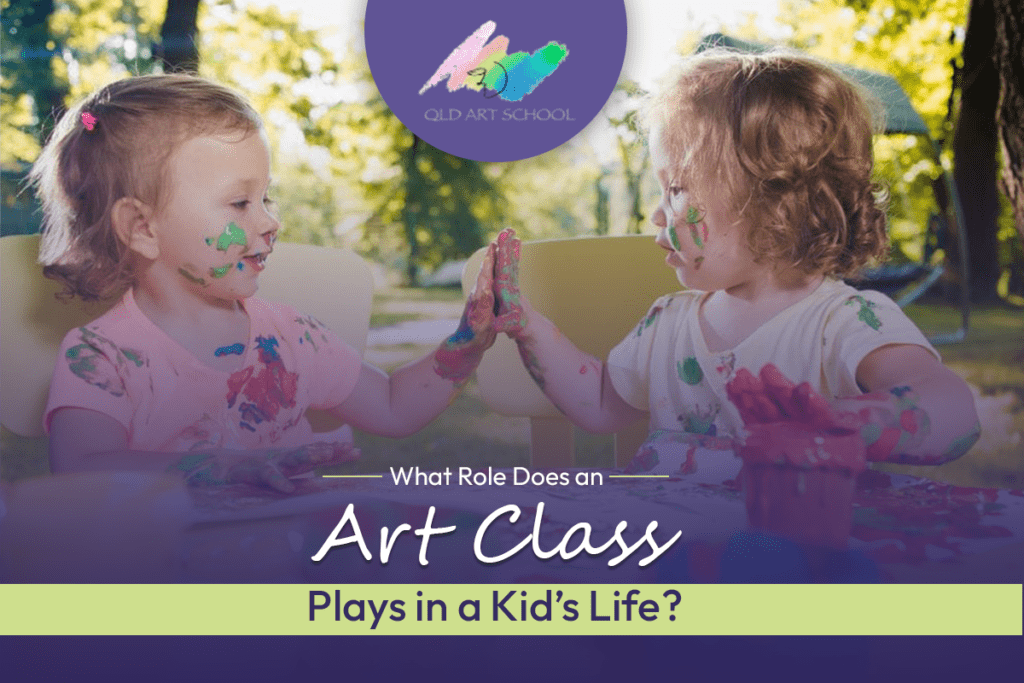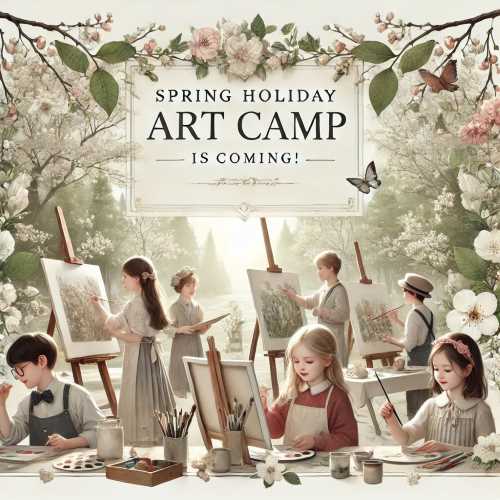
Art classes play a vital role in the overall development of children. Beyond just being a creative outlet, art classes provide numerous benefits that contribute to a child’s growth and well-being. This blog aims to highlight the importance of art classes for kids and why parents should consider enrolling their children in such programs.
Firstly, art classes foster creativity and imagination in children. Through various artistic mediums such as painting, drawing, and sculpting, kids are encouraged to explore their imagination and express their thoughts and emotions. Art classes in Brisbane also provide a space where children can freely express themselves and tap into their creativity. This creative freedom helps enhance their problem-solving skills, critical thinking abilities and encourages them to think outside the box.
Art classes also promote self-expression and self-confidence. Successfully creating an art piece can boost a child’s self-esteem and confidence. The process of setting goals, working through challenges, and completing a project can instill a sense of accomplishment. By creating artwork, children learn to communicate their ideas, feelings, and experiences visually. This process allows them to develop a sense of identity and individuality, boosting their self-esteem and confidence. Artistic expression also serves as a healthy emotional outlet, helping children cope with stress, anxiety, and other emotional challenges.
Furthermore, art courses in Brisbane contribute to the development of fine motor skills and hand-eye coordination. Engaging in art activities involves using fine motor skills, which are essential for tasks like writing, tying shoelaces, and using utensils. Art classes can help children refine their hand-eye coordination and dexterity. When kids engage in activities like drawing or painting, they learn to control their hand movements and manipulate art tools. These activities require precision and attention to detail, which enhance their motor skills and coordination. The improvement in these skills can benefit children in various aspects of their lives, including academics and daily tasks.
Art classes also foster cultural understanding and appreciation. Through exposure to different art forms and techniques, children gain an understanding of various cultures, traditions, and historical periods. This exposure broadens their perspectives, encourages tolerance, and instills respect for diversity. Exposure to different forms of art can cultivate a sense of aesthetics and an understanding of design principles, which can enhance a child’s ability to appreciate and interact with the visual world around them.
Art classes in Brisbane help develop patience and perseverance in children. Creating artwork requires time, effort, and dedication. Kids learn to focus on a task, follow instructions, and work towards a finished product. This process teaches them the value of patience and the importance of persistence, skills that are crucial in all aspects of life.
Lastly, art classes promote social interaction and collaboration. In group art activities, children learn to collaborate, share ideas, and work together towards a common goal. This can improve their social skills and ability to work effectively in a team. Also, working together, sharing ideas, and appreciating the creativity of their peers is a way to interact with others. This collaborative environment fosters teamwork, empathy, and effective communication skills.
At what age a kid must start learning art?
For children with a strong interest in art, early exposure and training in art classes can lay the foundation for future artistic pursuits, whether as a hobby or even a potential career path. Artistic development can begin at a very young age, even in infancy, as children naturally engage with their surroundings through visual exploration and basic sensory experiences. However, formal art instruction usually starts around preschool age (around 3 to 5 years old) and continues through childhood and adolescence.
Here’s a rough breakdown of how art education can be introduced at different stages:
- Preschool (3-5 years old): At this age, children can begin exploring basic art concepts like colors, shapes, and textures. They can engage in finger painting, drawing with crayons, and working with simple craft materials. The emphasis is on playful exploration rather than formal instruction.
- Early Elementary (6-8 years old): In these years, children can start to refine their fine motor skills and gain a better understanding of basic artistic techniques. They can experiment with more complex art materials, such as watercolors and clay. Art classes can help them develop their creative confidence and encourage imaginative expression.
- Late Elementary to Middle School (9-12 years old): As children grow, their artistic abilities and interests can become more defined. They can learn about composition, shading, and more advanced techniques. Art classes can provide a structured environment for them to further develop their skills and begin exploring personal styles.
- High School and Beyond: In high school, art education can become more specialized, with students choosing to focus on specific mediums or styles that interest them. This period can prepare students for more advanced art studies if they choose to pursue them in college or as a career.
It’s important to note that every child is unique, and their readiness and interest in art can vary widely. Some children might show a strong inclination for art from a very early age, while others might develop an interest later on. The key is to foster a positive and supportive environment that encourages creativity and exploration. If you’re considering introducing formal art instruction to your child, you can consult with educators or experts in child development to determine the most appropriate age and approach based on your child’s individual needs and interests.
Conclusion
Art classes in Brisbane provide numerous benefits for children’s development. From boosting creativity and self-expression to enhancing fine motor skills and fostering cultural appreciation, the importance of art classes for kids cannot be overstated. Parents should consider enrolling their children in art programs to help them grow into well-rounded individuals with a love for creativity and an appreciation for the arts.



